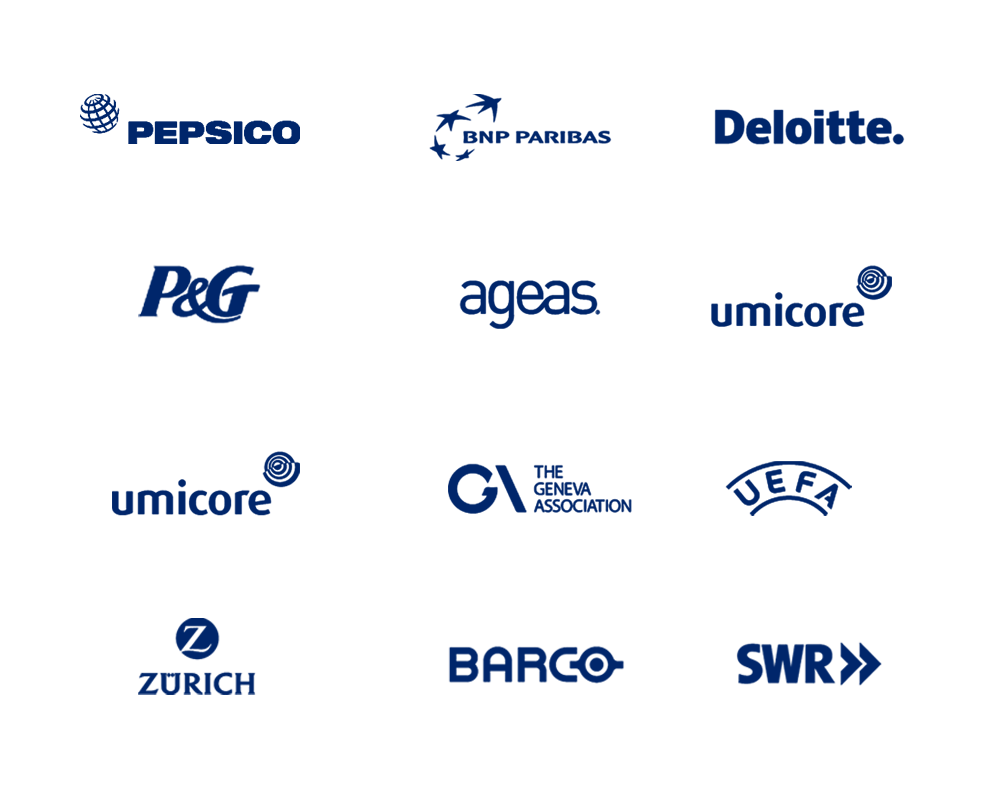AI-driven Strategic Intelligence: a Multidisciplinary Approach
Embarking on a journey from research to revolutionising strategic decision-making with AI, Mike Vanderroost never anticipated the profound impact of context-based trend analytics.

When I started the research in 2017 that eventually led to the foundation of Trensition in 2019, I could have never imagined that the idea of context-based trend analytics had the potential to become the backbone of strategic decision-making in organizations worldwide.
Developing a context-based trend analytics tool was difficult, but building an AI-powered strategic intelligence platform on top of it presented a new challenge. AI-driven strategic intelligence is a complex and relatively uncharted research field that requires a multidisciplinary approach.
However, in this blog post, I will discuss how, at Trensition, we combined and applied various skills and knowledge and gradually worked towards Trendtracker, the product we have today.
Building expertise
When we founded Trensition in 2019, it was evident that we needed to acquire a wide variety of skills and knowledge in our company to go beyond context-driven trend analytics and build a tangible, user-friendly SaaS product that can support strategy-related activities of large corporate organizations.
Today, the skills and knowledge in our company, acquired through hiring or partnerships, fall into three categories:
- Strategy & Innovation. Specific domain knowledge about strategy and innovation activities in organizations and related obstacles and opportunities to perform these activities better, more informed, and quantitatively.
- Data Science & Engineering. Skills and knowledge to build models, algorithms, and processes to provide strategic intelligence.
- Software Development. Skills and knowledge to build & scale a SaaS solution and integrate all the different processes, functionalities, and insights into one fluent user experience.
The above categories of skills and knowledge will be discussed in more detail hereafter.
Strategy & Innovation
When building a strategic intelligence platform, it is crucial to answer the question: "What does strategic intelligence mean for organizations?"
Already in a very early stage, we contacted academic experts in the field of strategy & innovation at Vlerick, the leading Belgian business management school, and Ghent University to jointly explore how Trensition’s initial core expertise, namely information extraction from unstructured text, could be best aligned with the strategic intelligence needs of organizations.
This approach helped determine which questions we should be able to answer for organizations and what types of insights organizations needed to make better informed strategic decisions.
.jpeg)
Companies can use unstructured text via natural language processing to extract information. Still, the importance here lies in figuring out which information is most valuable and relevant for organizations within the context of strategy and innovation.
In a parallel track, we also explored if, with our core expertise, we could support, improve, or extend academic research and education related to strategy & innovation. Here, we had to determine the minimal requirements for data quality to perform academic research and what level of detail academics needed to be present in the data to conduct research.
Due to the identified synergies in the early stage of our company, we managed to establish a sustainable, long-term partnership with academics. This long-term partnership ensured that the platform we build remains fully aligned with the needs of organizations. But it also allowed us to contribute to academic research and education with our insights and help shape the emerging AI-driven strategic intelligence research field.
Data Science & Engineering
Data science & engineering is Trensition's initial core expertise. Processing large quantities of data and extracting information is where our strength lies. However, staying informed about the latest developments is crucial in the rapidly advancing fields of science and technology. Not only should we determine which new technologies and techniques are suitable for our company to adopt, but we also have to acquire the necessary skills and knowledge. An example, in this case, is generative AI.
We had to be cautious, as using generative AI meant dealing with the risk of large language models to hallucinate.
At our company, we were faced with questions about the sudden growth of generative AI. We needed to determine whether it was something we should embrace and how we could utilize it effectively. We had to assess whether the technology posed a threat to our business or if it presented an opportunity.

After conducting research and multiple tests, we began to analyze the strengths and weaknesses of this new technology. Eventually, we were able to determine its benefits and how it could be integrated into our tool. All without compromising the integrity of our solution. However, we still had to be cautious, as using generative AI meant dealing with the risk of large language models to hallucinate.
Software development
We now know how to process large quantities of data and extract relevant information for organizations to support their strategic decision-making. Nonetheless, some questions remain:
- How do you turn this into a viable and sustainable commercial SaaS platform that is intuitive?
- How do you digest and present the information in an understandable and condensed way?
- How do you maximize the usefulness of the envisioned platform?
- How often should you update the insights?
- Should Trendtracker, our platform, be diversified so that various user profiles can use it?
To tackle this multifaceted problem, advanced skills and knowledge encompassing domains like UI/UX design, backend & frontend development, product management, cloud engineering, and many more are needed. To turn this significant challenge into a success as an early-stage company, we must be critical when hiring our first employees.
The first employees will form your company's fundamentals and build your platform's first version. This became apparent when we were on our search for new talent. There is an ongoing war for talent in the industry of IT and AI. Competitive compensation used to be enough to attract top talent. But that has now changed.
More and more employees are looking for purposeful work, so attracting employees’ attention with clear ideas and visions that benefit society is essential. That’s how you can differentiate as a small company from the fierce competition in the current labor market.
Conclusion
Building an AI-driven strategic intelligence platform involves acquiring and bringing together various skills and knowledge. Hence, our key takeaways are:
- Reach out to academics and establish long-term partnerships to incorporate domain expertise,
- Integrate continuous learning and reskilling in your company to keep up with new scientific and technological evolutions and developments,
- Pay sufficient attention to employer branding and be creative to attract talent, as finding skilled and motivated people is a challenge in the IT sector. As a young company, you need to compete against established international companies.
- Keep your standards high when hiring, and go slowly.




.jpg)









